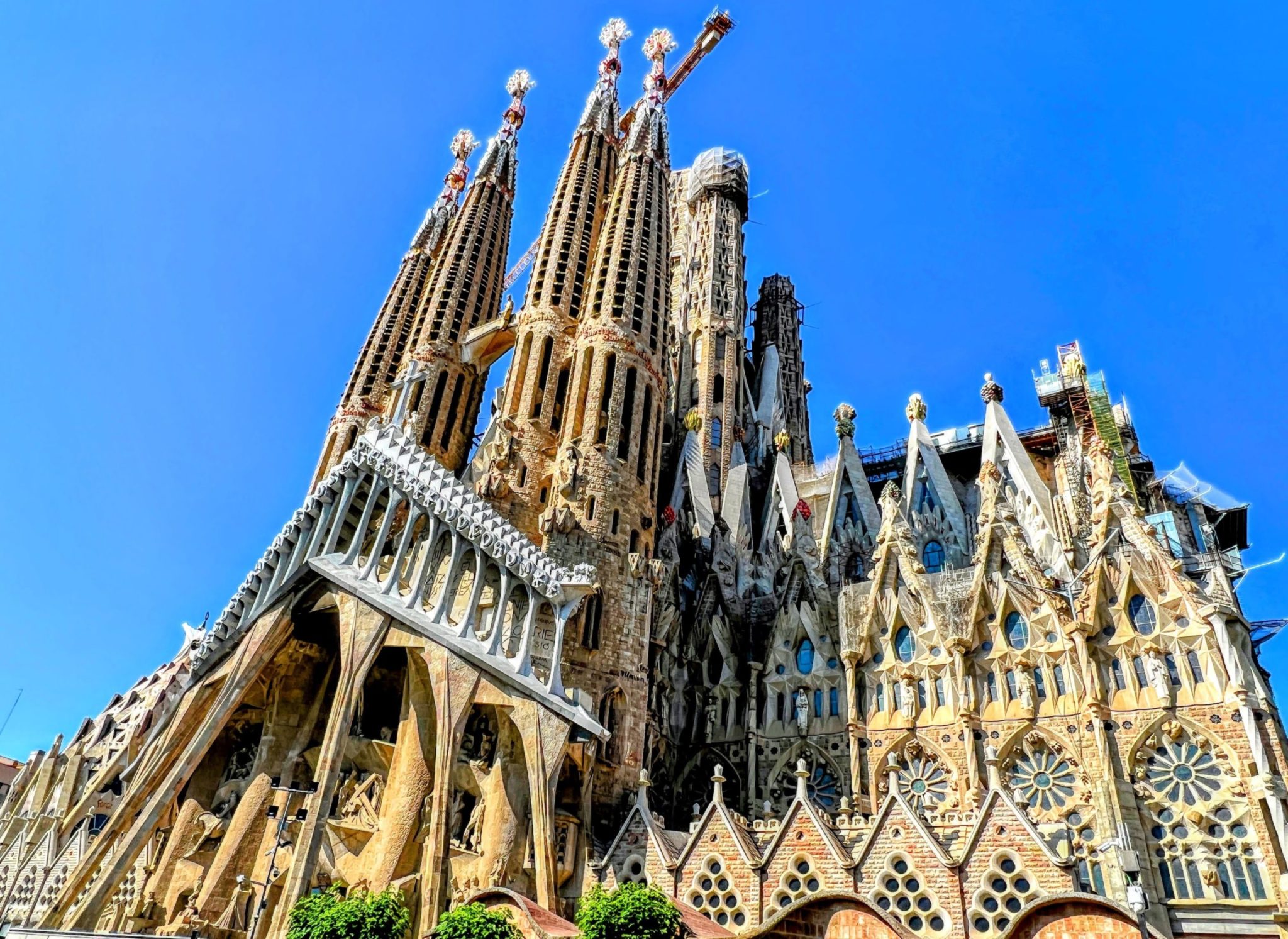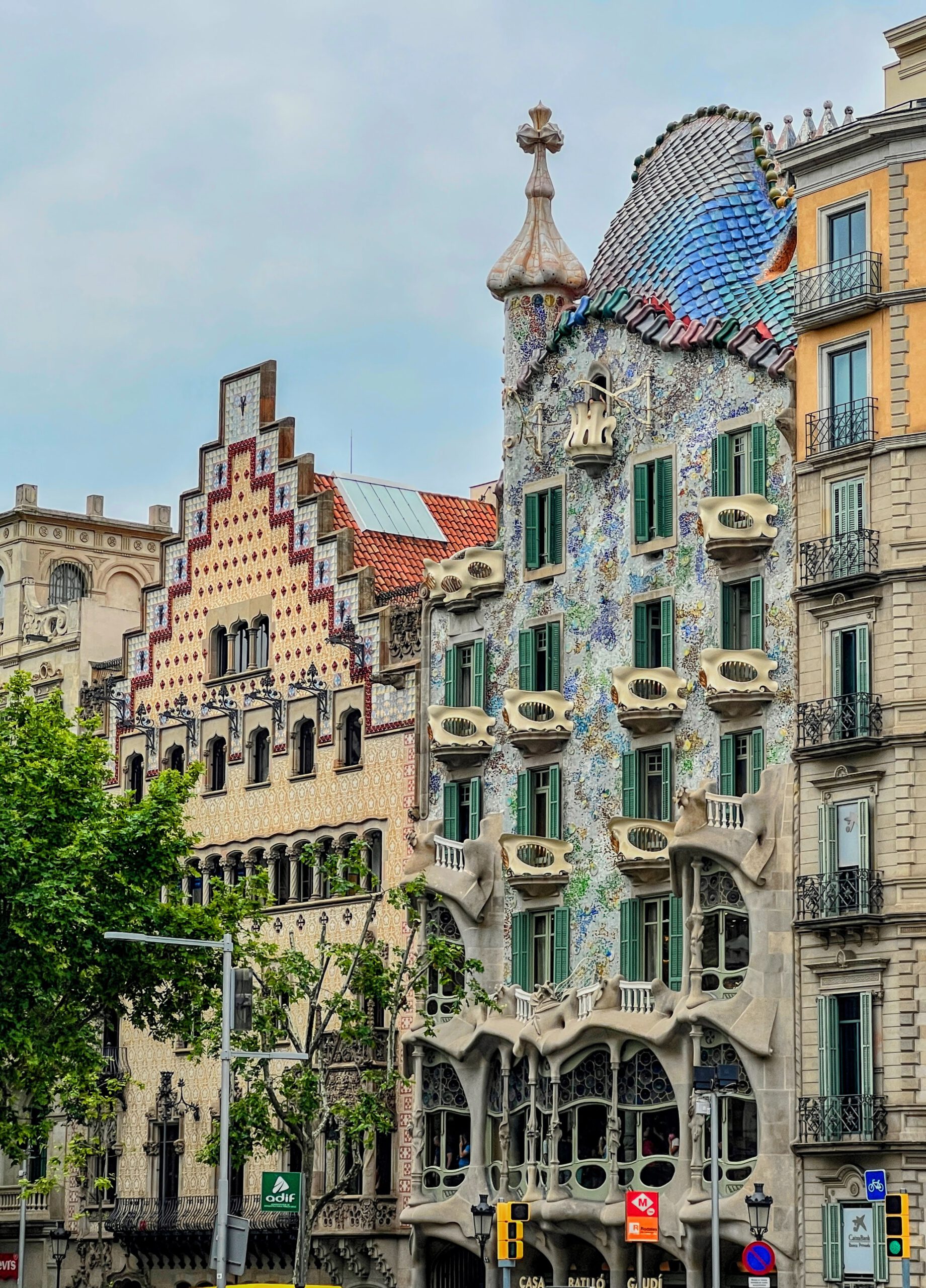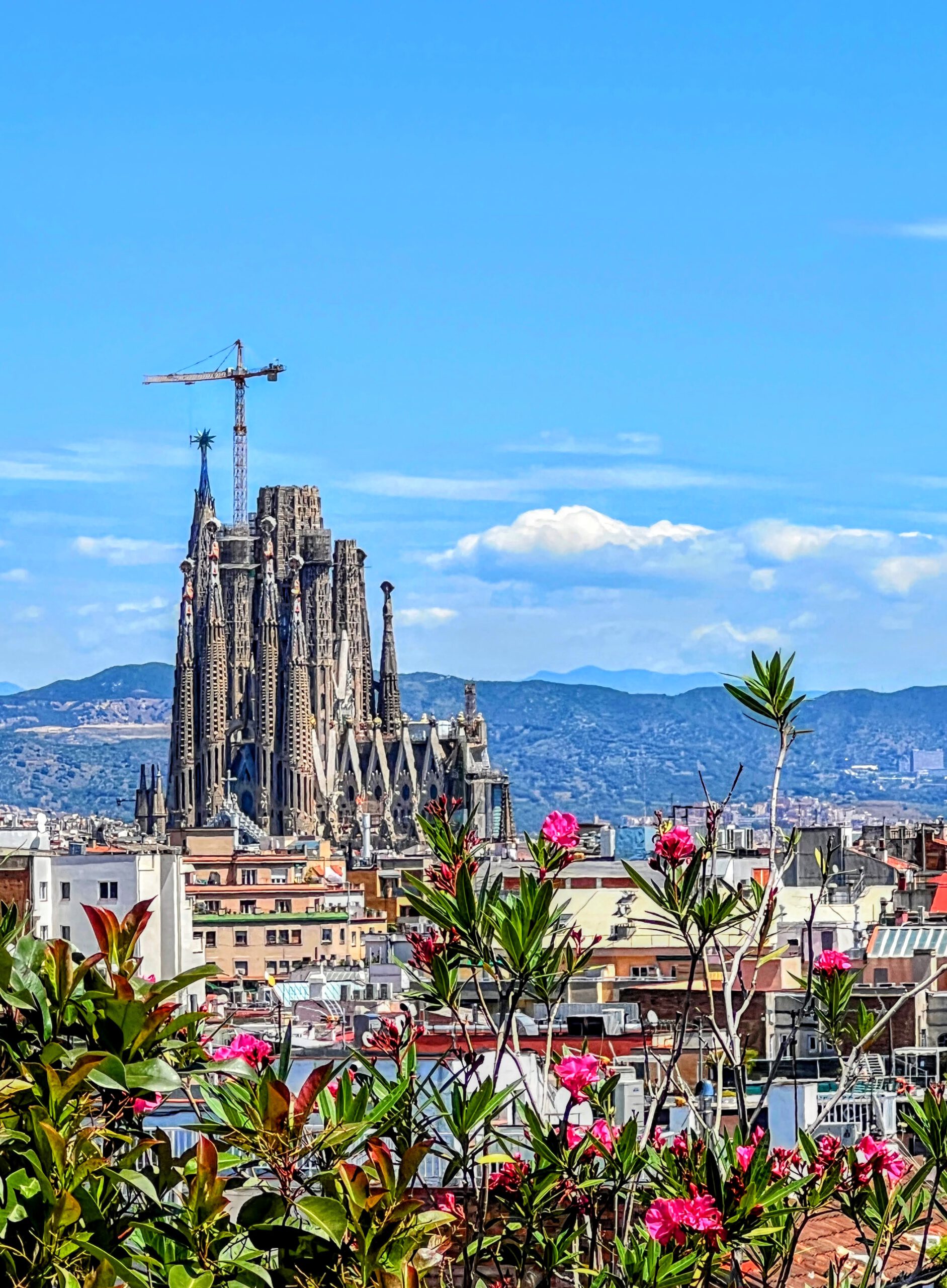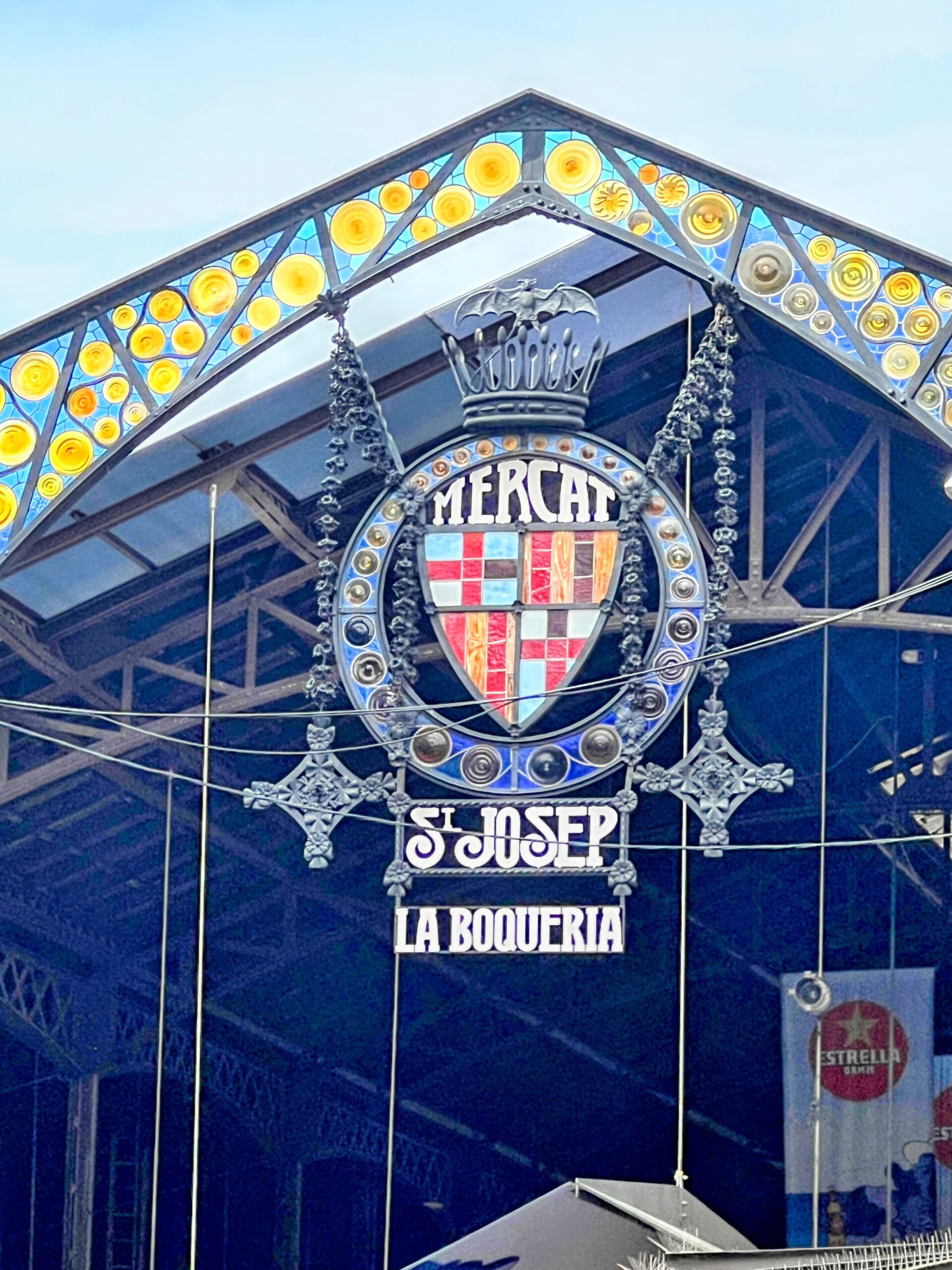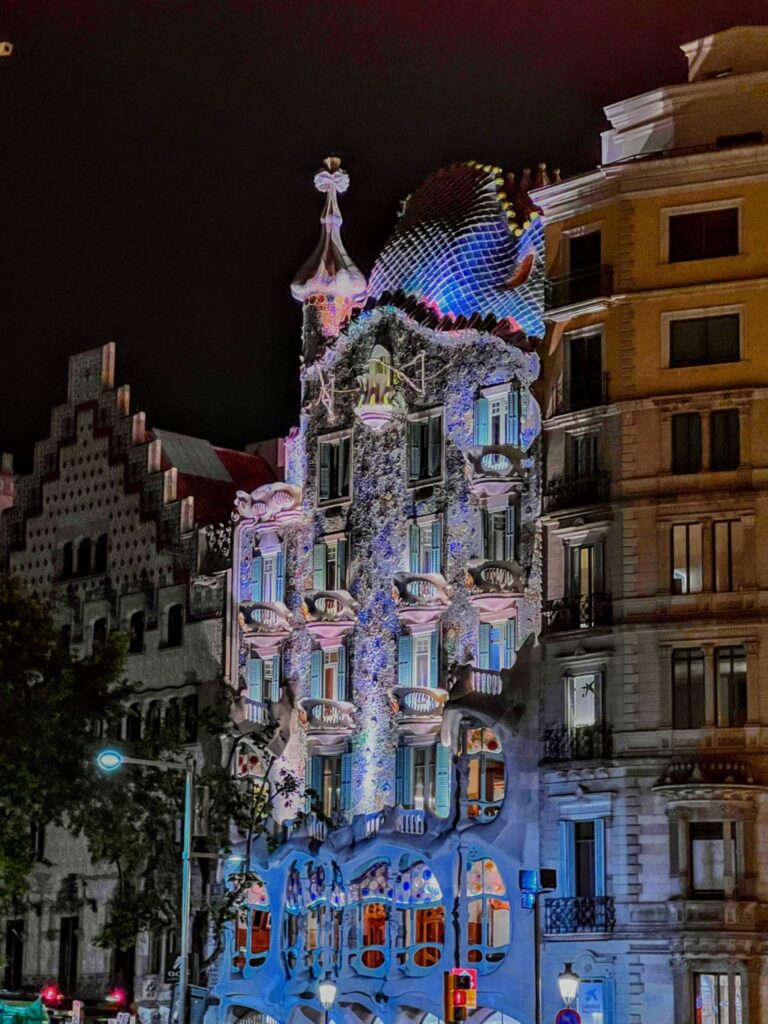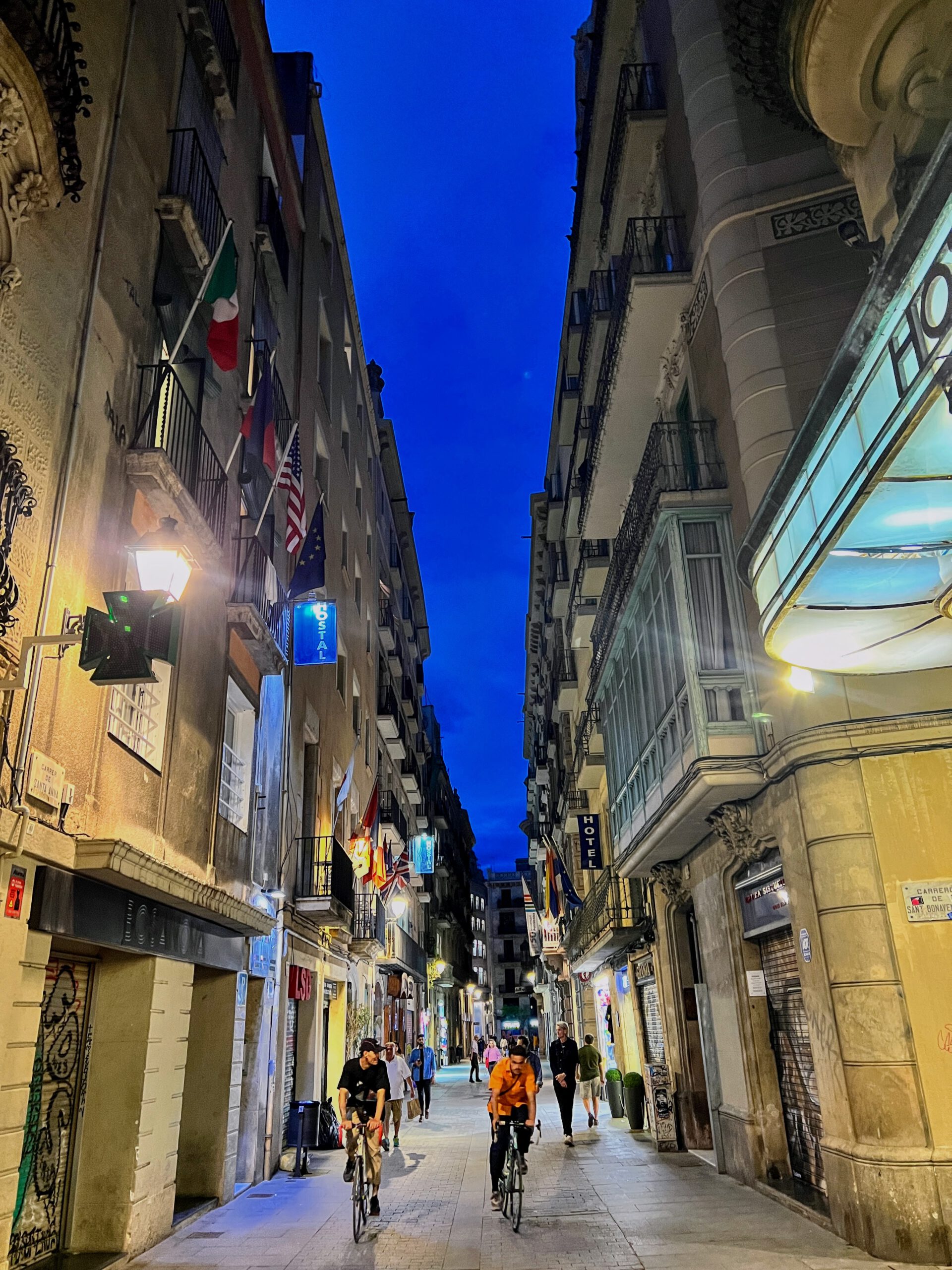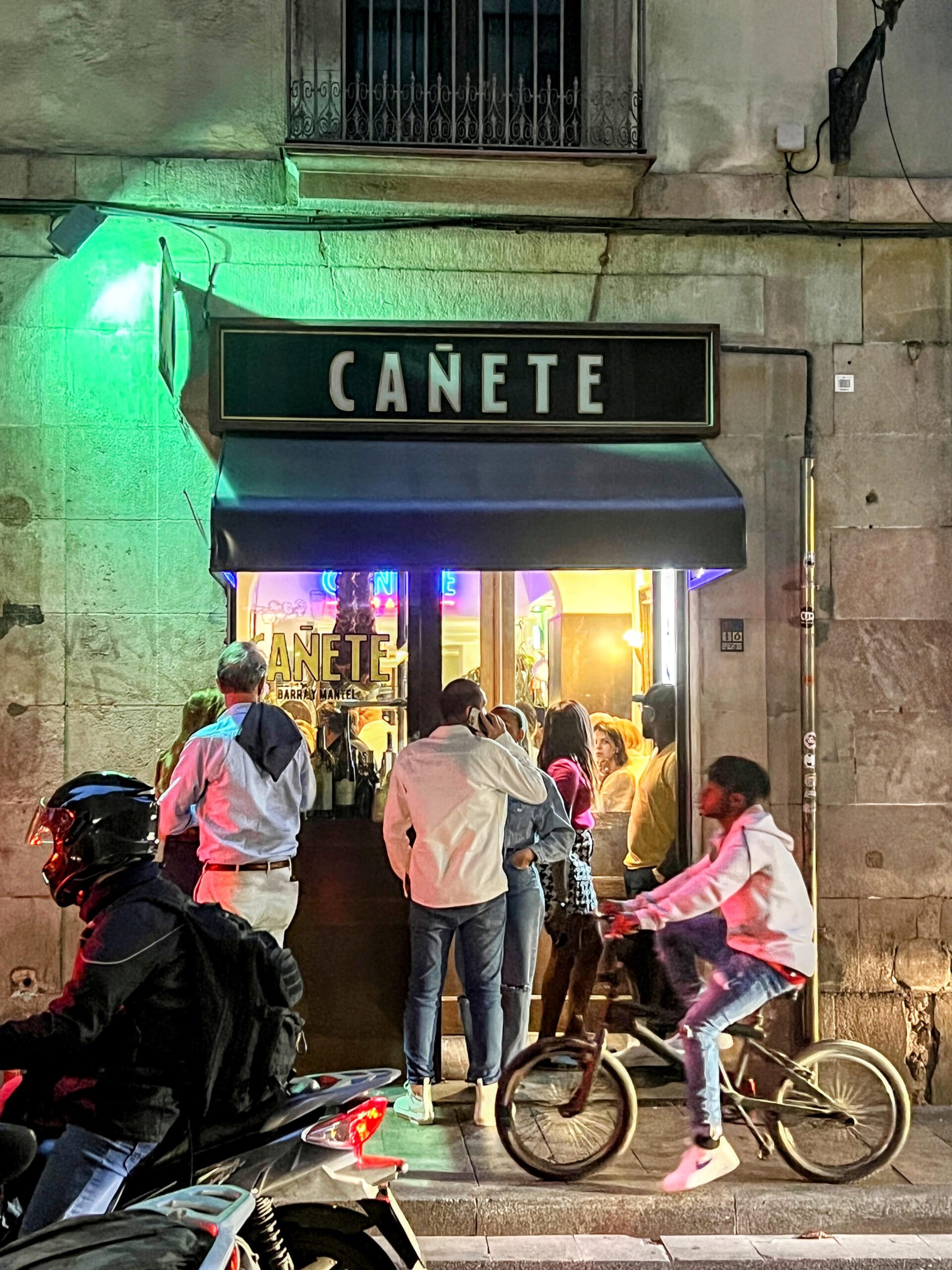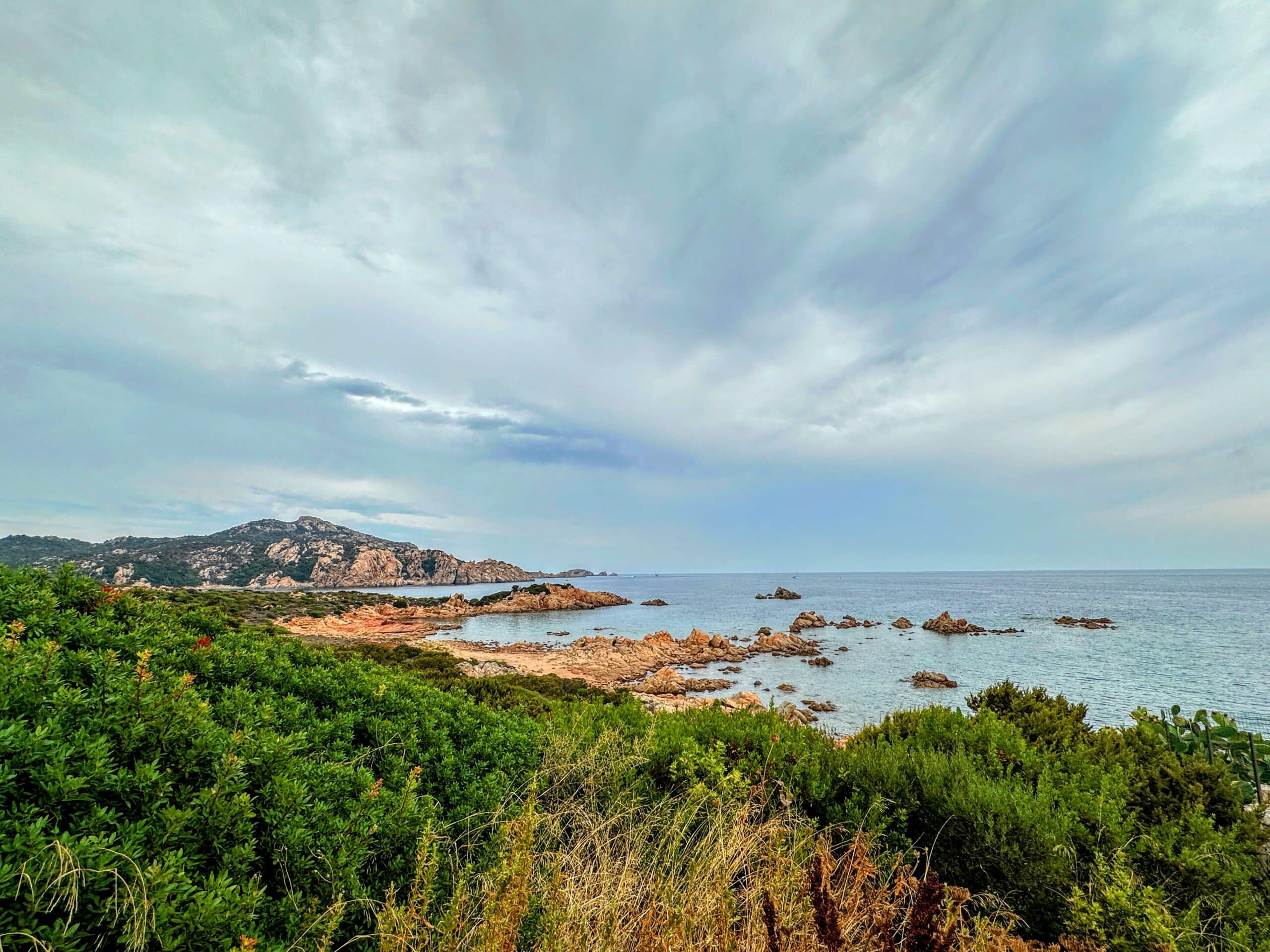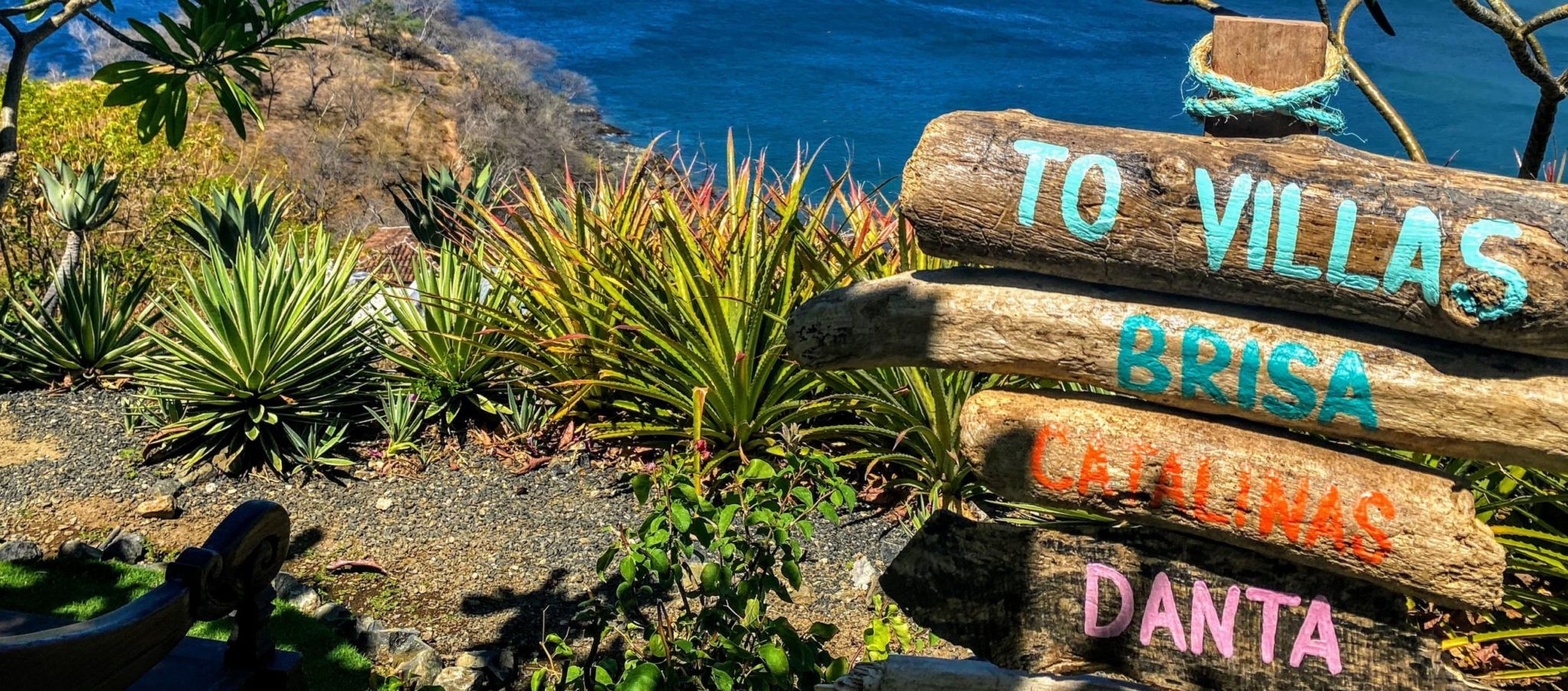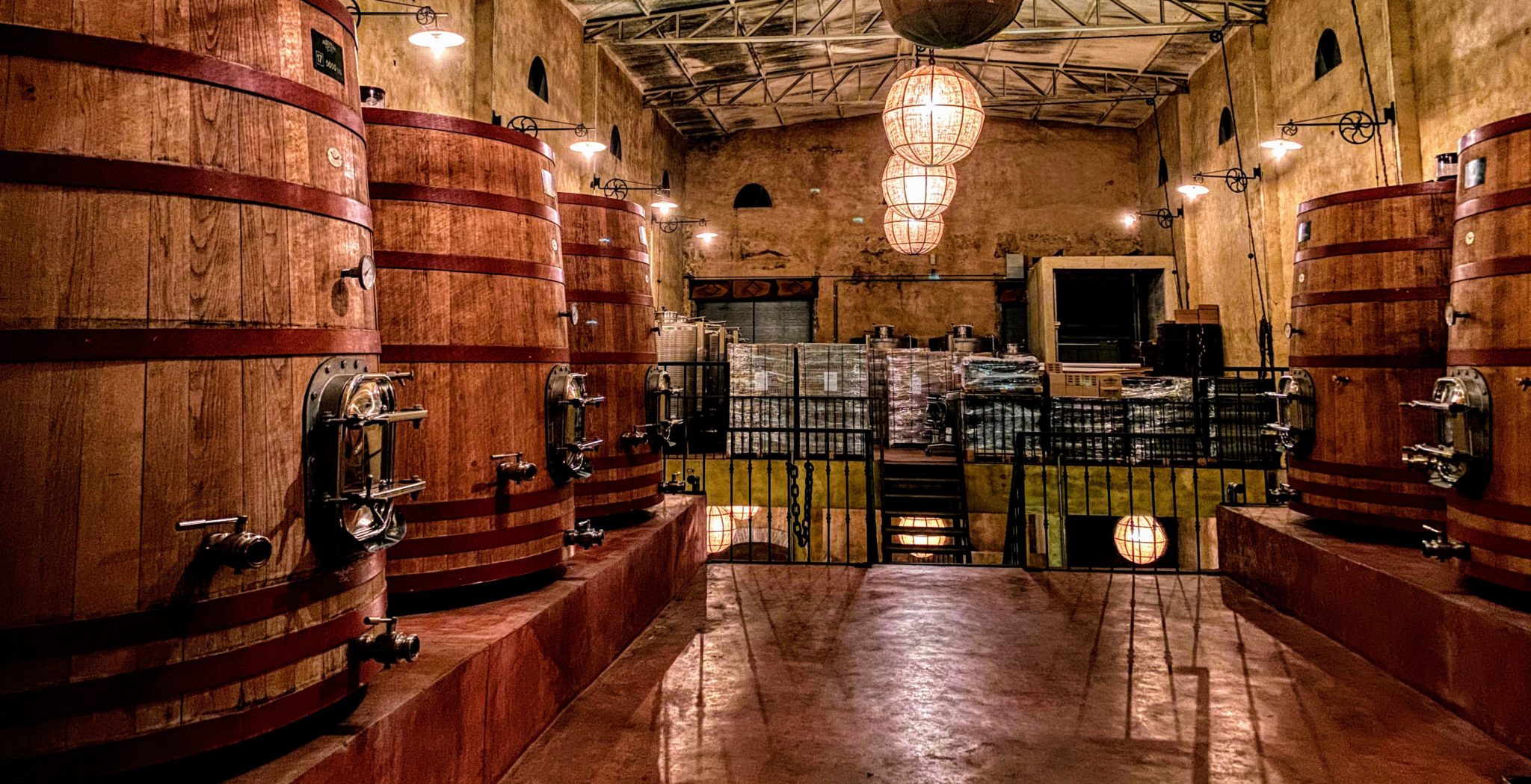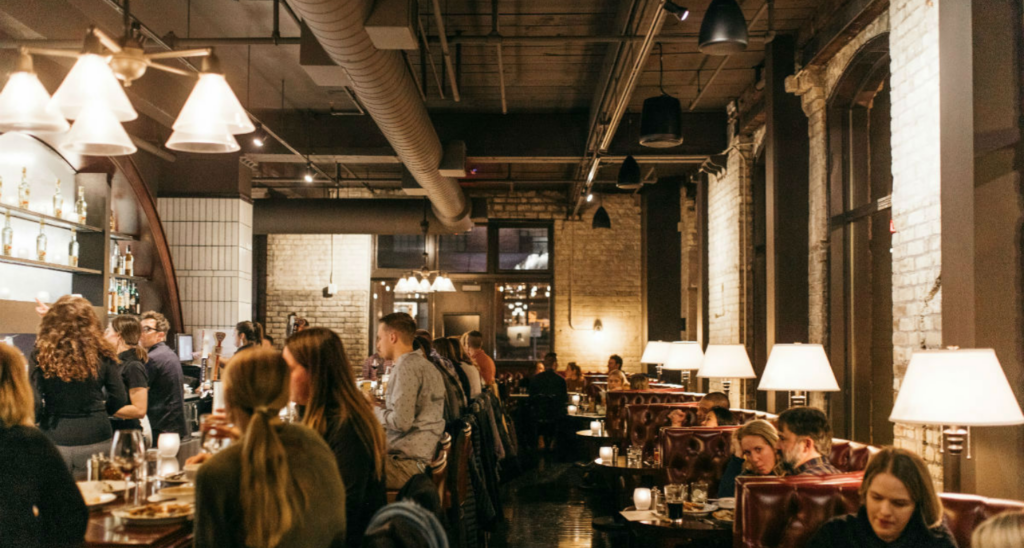June 23, 2022
We own a design and architecture firm. (Sorry to our four avid followers, who are already aware.) And in every design project we kick off, our clients want to know about two things—schedule and cost.
Imagine if we answered that question like this:
“Well, design will roughly take 40 years or so, with countless change orders, followed by about a 150-year construction schedule, and I can’t possibly begin give you even a ballpark budget. But in 2022, TripAdvisor will name it a top-ten worldwide destination.”
What a sales pitch.
For us, not so convincing. For guys like del Villar (a footnote) and Antoni Gaudi, apparently that pitch worked at the beginning on the creation of La Sagrada Familia.
A quick pre-post summary on Barcelona:
La Sagrada Familia, Gaudi, hotel hospitality, tapas, eating after bedtime, rooftops, street life and energy, mercados, croquettes (yes, technically tapas, but… fried), tourists, evolution not revolution, the definitive Catalonian spot
Barcelona, the heart of Catalonia/Catalunya
I came to Barcelona guns blazing, armed with more than 400 days of Duolingo Spanish.
(Long footnote: Learning Spanish was one of the more productive Covid-born phases. It may serve me better in the long term than my new obsession with old rock-concert t-shirts, bad Hulu TV shows, reposting old travel photos, watching Carpool Karaoke reruns, drinking far too much wine, followed by learning to mix drinks, followed by too many Negronis and Sazeracs.) (Sadly, the “Let’s get in great shape and eat healthy” phases only lasted a little over a week.)
Anyway, my handy collection of phrases was knocked on its ass when everyone around me started responding in Catalan. Come on, people. I invested more than 400 days for this.
By definition, Catalonia is the corner of Northeastern Spain spanning Barcelona through the French and Andorra borders. It’s very independent-minded, has tried in the past to be recognized as its own country, and has its own language.
The key to visiting any city is to also blend a visit with some time in the countryside. In this case, ours was Barcelona and Costa Brava, both Catalan at their core. Barcelona is the biggest city, and the heart of Catalan culture and food. It’s energetic and dynamic, and also has the most amazing and appealing characteristic of most European cities: It’s ever-evolving while managing to retain hundreds of years of charm.
It’s the same with the food. Never trendy (even in newer restaurants), but with a familiar rhythm that feels like it hasn’t changed in hundreds of years, and with Catalan playing a supporting role. Plus, of course, dinner is always way past Americans’ bedtimes (and maybe on purpose. When you ask for a reservation at 20:00, it’s often met with an eyeroll. 22:00 is more common, and even a tad early.)
For a first-timer in Barcelona, it’s a must to walk the La Rambla and Gothic Quarter, either north from the Gracia neighborhood to the port or vice versa, just to get a sense of the street life and buzz, with a stop at Mercado de la Boqueria (one of the city’s countless mercados). Earlier in the morning is best, because the tourists have definitely descended upon this place that used to be a bit of a hidden gem. On Passeig de Gracia, you’ll get your first glimpse of Gaudi. Next, walk the streets and meander over to La Sagrada Familia. The up-close view of the basilica’s stunning details is worth it.
If you just have a few days, spend the rest of the time wandering the neighborhoods and finding great little retail shops and bars/restaurants. If you have time for an extended stay, there are plenty of museums and tours. The best neighborhoods to wander are the Gothic Quarter, El Born, and L’Eixample/Gracia.
To stay:
Our two favorite hotels are a complete contrast. Close in proximity, but vastly divergent in surroundings and vibe.
On Passeig de Gracia in the heart of the Golden Square, the Mandarin Oriental is really quite an oasis, and a case history in hospitality. We’re generally not into big-dog “chain” hotels, but the Mandarin Oriental is usually the exception. It’s a perfect location, especially for a first-timer, with a location in the heart of virtually everything. And they get big points in our book for keeping the history and charm of a historic building while also transforming it into a luxury hotel. Have some tapas and Cava on the rooftop, Terrat.
In contrast is Hotel Serras, with a location in Gothic Quarter overlooking Port Vell and the Mediterranean. Extremely small, the boutique hotel is in close proximity to the Le Born neighborhood of cathedrals, the port, bars, and restaurants that somehow feel a little more hip and local. As above, even if you don’t stay in exactly this hotel, this location was great (as long as the glass was strong enough to keep out the street noise). If you don’t stay here, eating on the rooftop at the Restaurante Informal makes it worth a visit.`
Both hotels have rooftops, one with a view of the port and one with a glimpse of Gaudi’s never-ending construction project. Rooftops seem to be the thing in Barcelona today, even if it means posting up in two folding chairs next to an HVAC unit with an occasional bartender.
To eat:
There are simply so, so many places to choose from, with all levels of formality and Michelin stars. Here just a few of our favorites from the last few trips:
For the casual, quintessential tapas experience or tavern style Catalan:
- Bar Canete was our favorite. Even though it’s in a touristy area, there seemed to be a lot of locals around (always a good sign).
- A close second, Cal Pep (closer to the Port in Le Born) with a great, elbow-your-way-in bar, with the added bonus of an outdoor patio under the trees and set in the heart of a very cool neighborhood.
- Bar Mut (a little newer but still keeps an old character—but be warned that this one is more of a taxi ride away from the main areas)
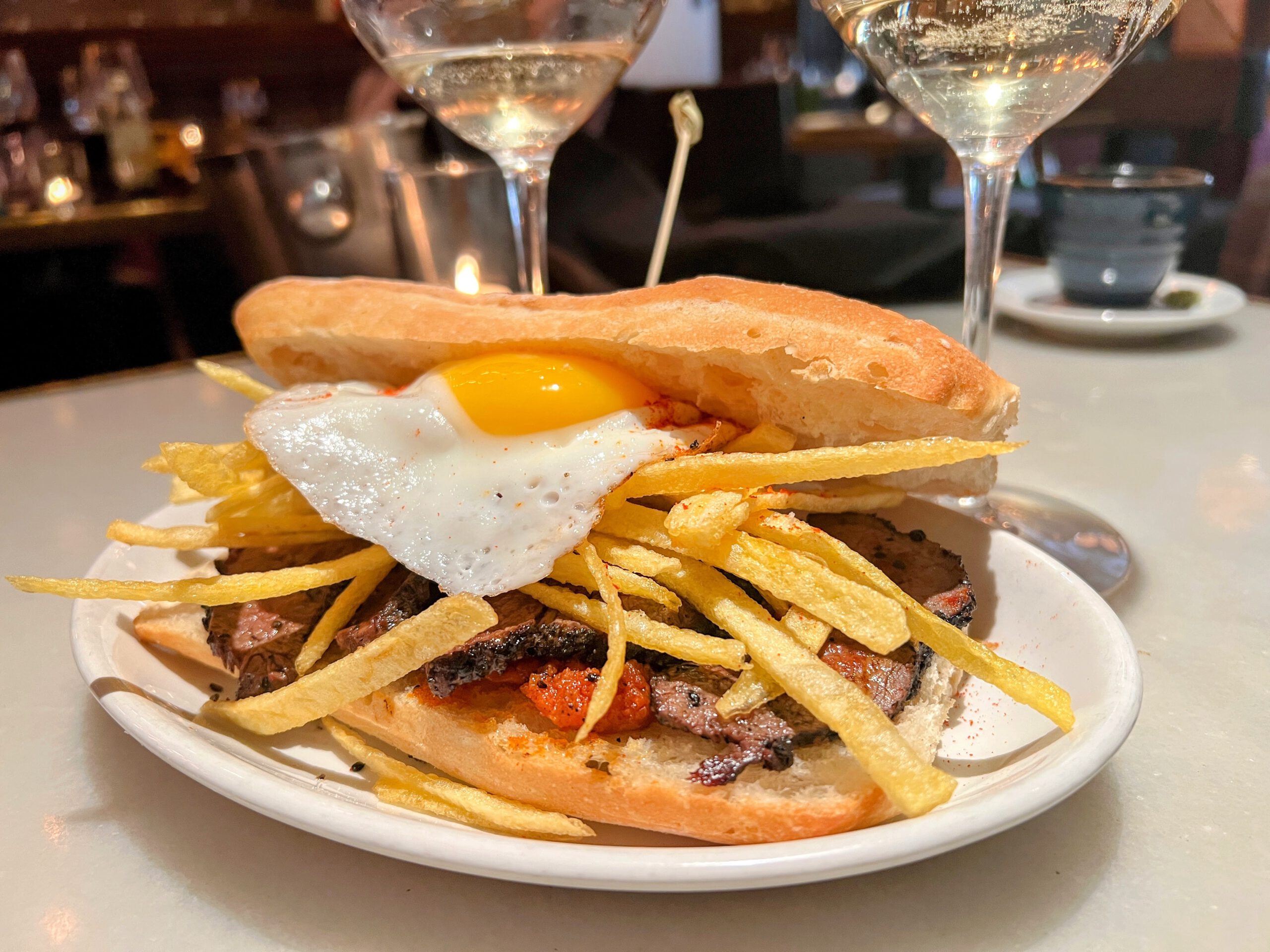
High(er) end:
- Disfrutar is probably the most-known and recommended around, from El Bulli alums, but it really is a very cool space with innovative food. Thus, naturally, it’s hard to get into, so make friends with your hotel concierge.
- The aforementioned rooftop at Informal combines two things that are usually not possible: great food and a view.
- In the Mandarin Oriental, the restaurant Moments
- Alkimia, which does have a Michelin star, boasts a little more modern take on Catalan food
- Maybe the highest of the end, if you’re into a Michelin experience with a prestigious chef, is Lasarte.


